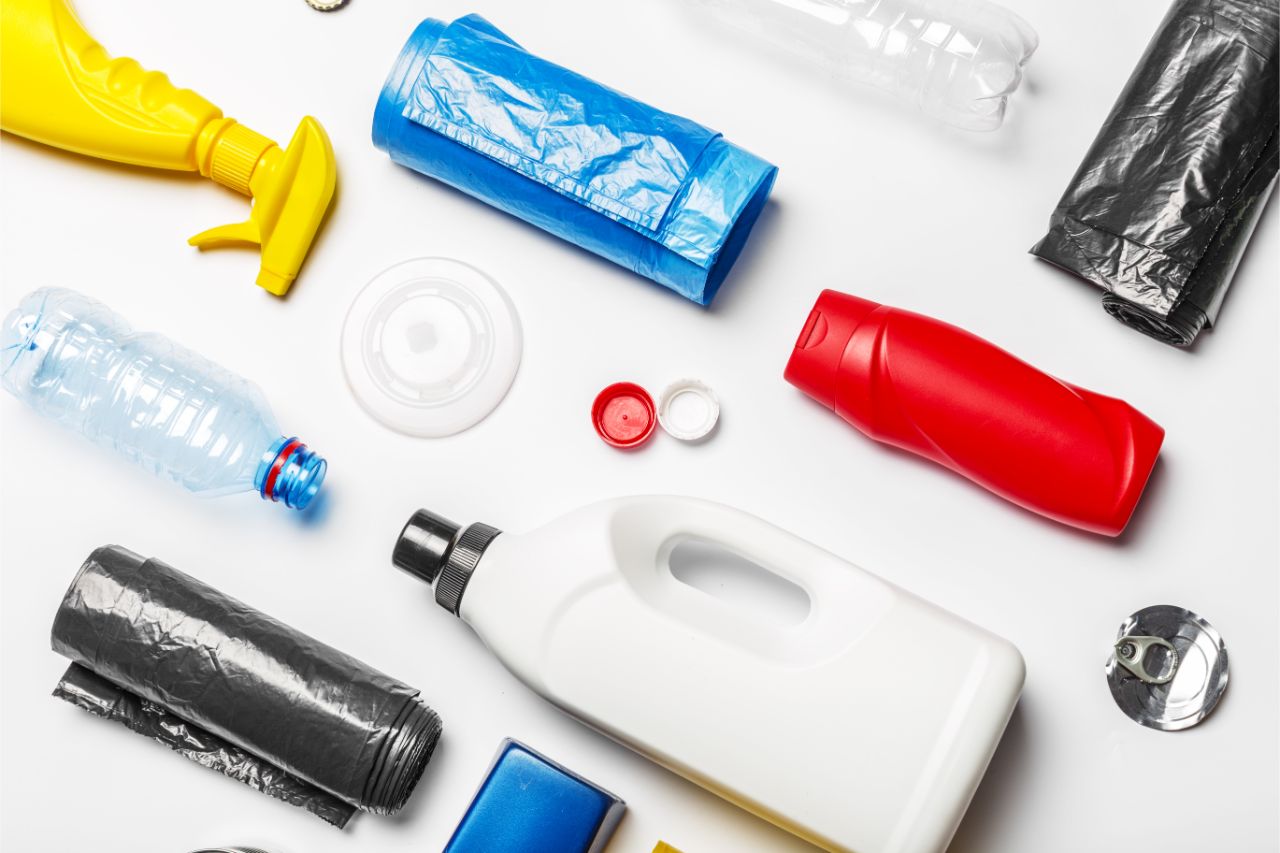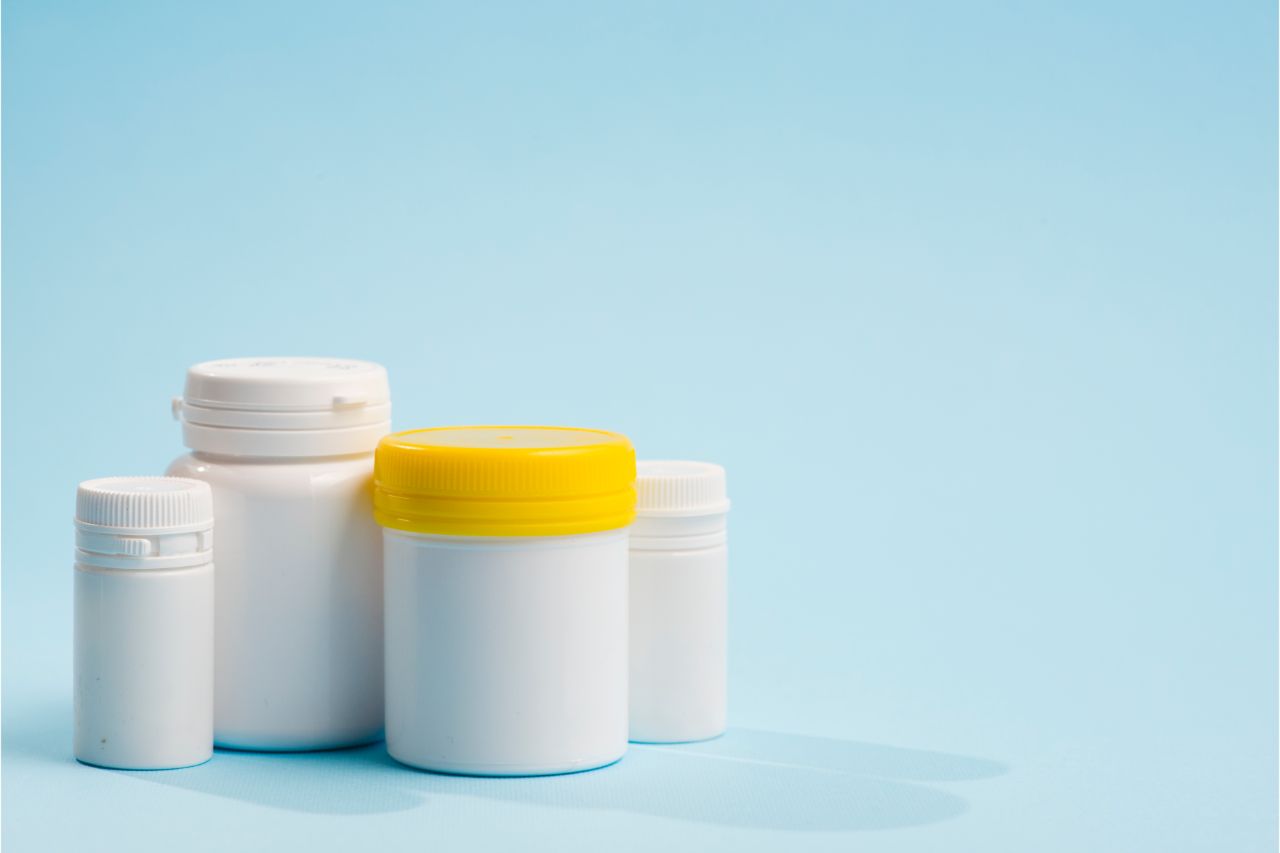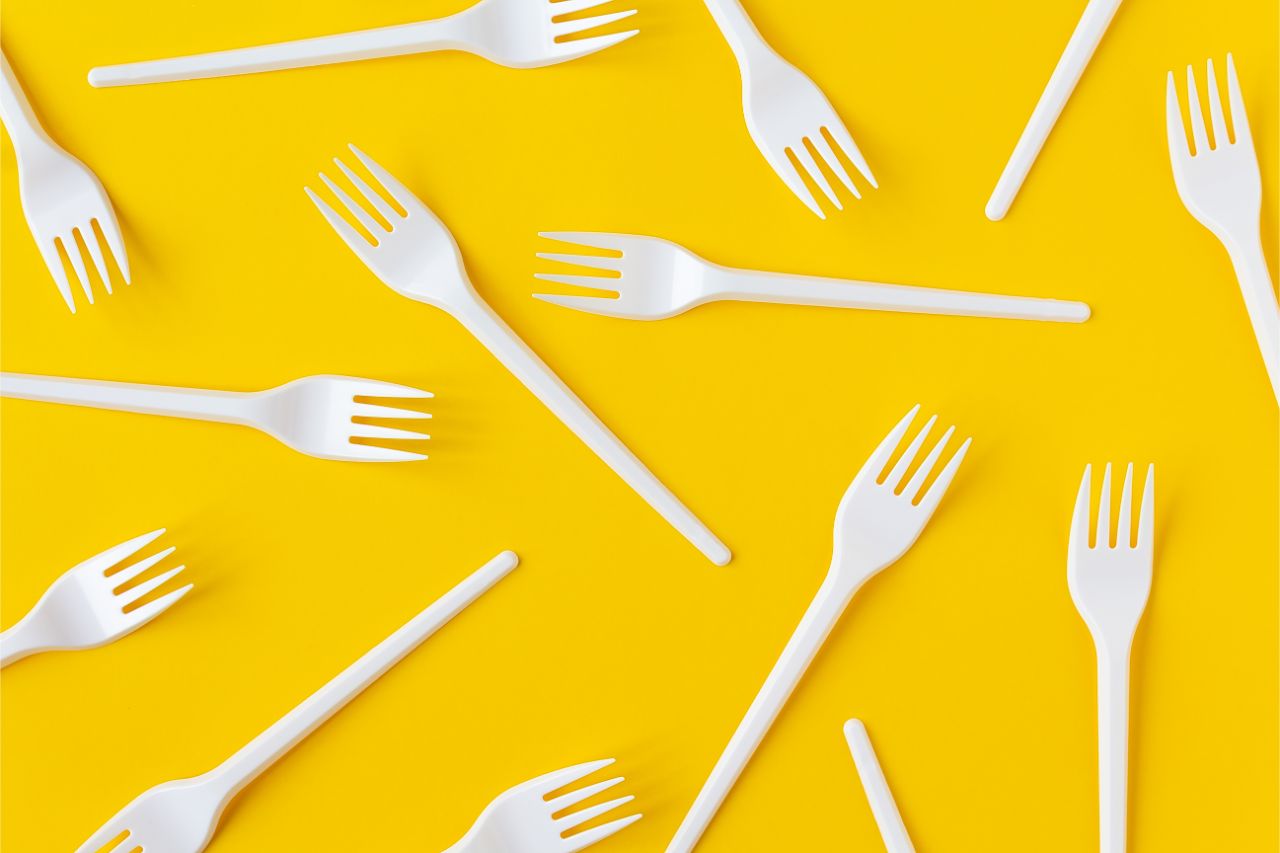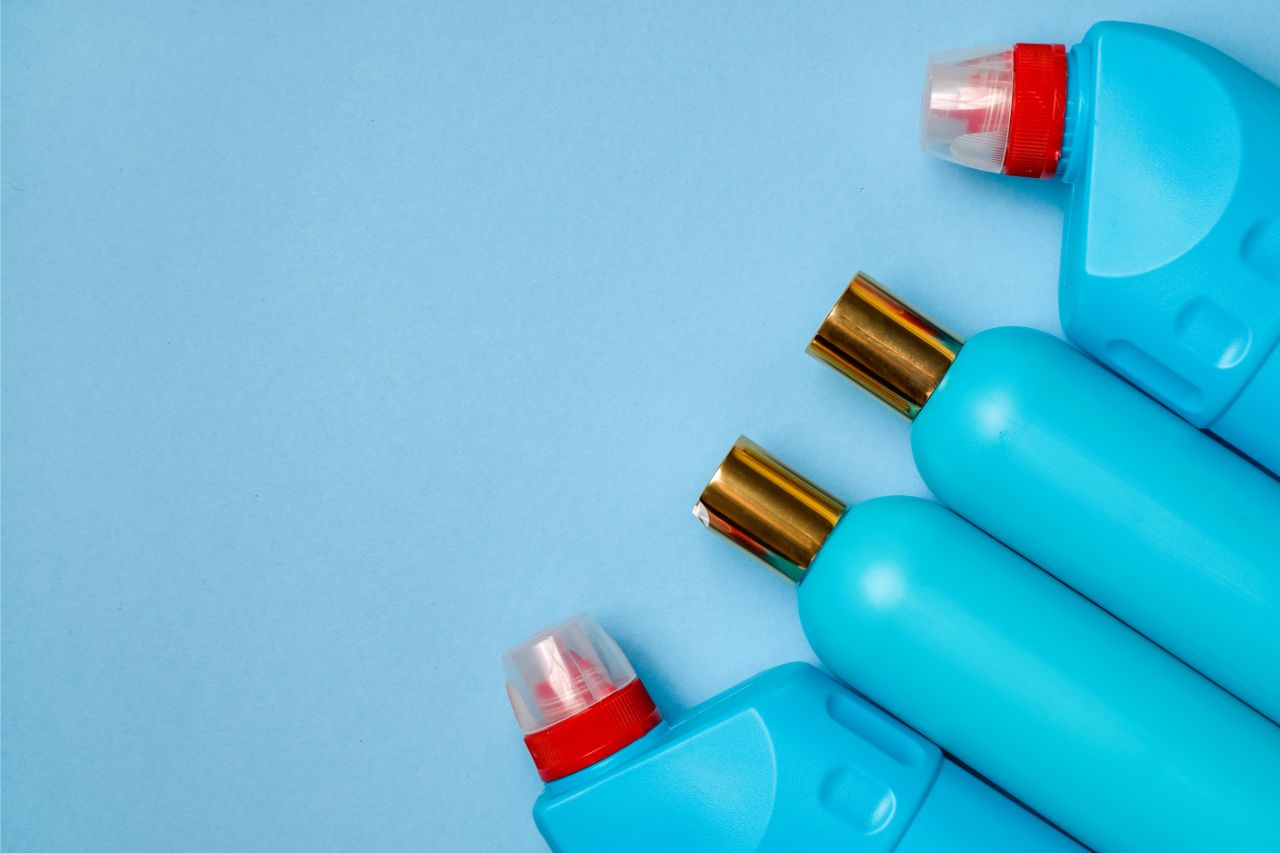October 12, 2020
A Guide to the Different Types of Plastic Packaging

There are many different types of plastic packaging that you may encounter in your daily life. In fact, almost every product that you’ll see around you is made with a combination of metal or plastic.
Plastic packaging provides an affordable and sturdy alternative to other materials like metal, which can be expensive to manufacture. It’s no surprise that many industries have discovered ingenious methods in plastic production, especially when it comes to this kind of material. Read on to learn more.

A mouthful, isn’t it? But polyethylene terephthalate is simply PET. You’ll more commonly find them in beverage packaging and may come in different shapes, sizes, and capacities.
Like many kinds of plastic product, PET bottles start off with raw PET resins that come in pellet form. They’re molten before being fed into an injection moulding machine that feeds the molten material into a mold.
But before all of this takes place, the chemical compounds of ethylene glycol and terephthalic acid would first have to undergo polymerization. These substances are usually found in raw materials such as acetic acids, natural gas, or coal.
Going back, once the injection molding process has completed, the newly-formed bottles would now have to undergo instant cooling so that they won’t get deformed. These bottles can now be filled with different fluids like juice, water, or carbonate drinks, before being secured by a polypropylene or polyethylene cap.
Polyvinyl chloride, or PVC is considered to be sturdier compared to PET. You may not know it, but PVC plastic can be found across many kinds of consumer goods that you may encounter on a daily basis. From cosmetics, electronic devices, food, accessories, reusable PVC bags, pharmaceutical goods, and many more.
PVC production starts off with the extraction of its raw materials — ethyl and chlorine — from salt and oil. These two substances are combined before being subject to high temperatures, in order to produce a chloride monomer. The resulting material finally undergoes polymerization to form the PVC resin.
Although PVC may be sturdier and more flexible compared to PET, they’re not really suitable under extreme conditions like prolonged UV ray exposure. Nonetheless, in regular conditions, they offer a more lightweight, flexible, and compact packaging choice.

Polypropylene is one of the most commonly used types of plastic material in the market. Like all types of lightweight plastic materials, polypropylene or PP can be used to store a range of food and non-food products like oatmeal, powdered milk or juice, chips, cookies, reusable containers, lotions, or even toothpaste — the list is endless.
Aside from the versatility of its application, PP has also been deemed to be popular among injection molding companies because of the material’s machinability and moldable qualities. It can be used in both complex and non-complex molding shapes, depending on the manufacturer’s preferences.
More than that, the injection molding speed for PP is relatively fast, making it easier for manufacturers to produce batches of mold and perform other post-processing finishes when necessary. The finished products are not only inexpensive, but they also have a high resistance to impacts, moisture, chemicals, and electricity, making them easier to repair if needed.
All of the plastic packaging types that you’ve encountered on this list so far can be used in combination with one another. For example, polypropylene toys can be packed using polystyrene, which is another kind of polymer. Although polystyrene (PS)-based packaging typically appears as a clear and transparent plastic material, it may also come in foam packing for food storage.
PS foam can be used as take-out food packaging or ice boxes, as you may already be familiar with. This polymer is the ideal choice because of its exceptional insulation that prevents items like ice, or hot food from experiencing a temperature change. In this way, the quality of food will still be retained even after some time has already passed.
Despite the sturdiness of PS packaging materials, they’re still easy to store and can be carried around without any difficulties.

High-density polyethylene, or HDPE for short, is the sturdiest of all the types of plastic that has been discussed in the list so far. As the name implies, HDPE is dense and strong. It can also be reused for a number of times as packaging, before disposal.
HDPE production typically involves the petroleum raw material which is exposed to high heat. This produces ethylene gas that will combine with polymers. Since the material still appears to be slimy, it needs to undergo further injection molding to get the desired shape.
Popular uses of HDPE packaging include cosmetic, food, detergent, household cleaning, and an assortment of other consumer goods.
The types of plastic packaging that you’ll find in everyday applications include polypropylene, polyethylene, polyvinyl chloride, polystyrene, and polyethylene terephthalate.
As you’ve learned, each kind of polymer has specific uses in many consumer goods. Sturdier packaging such as HDPE can still be reused as cosmetic containers, while styrofoam may be more ideal to retain the quality of food items. Ultimately, finding the right type of plastic to store a particular product is essential in getting the most out of your packaging.